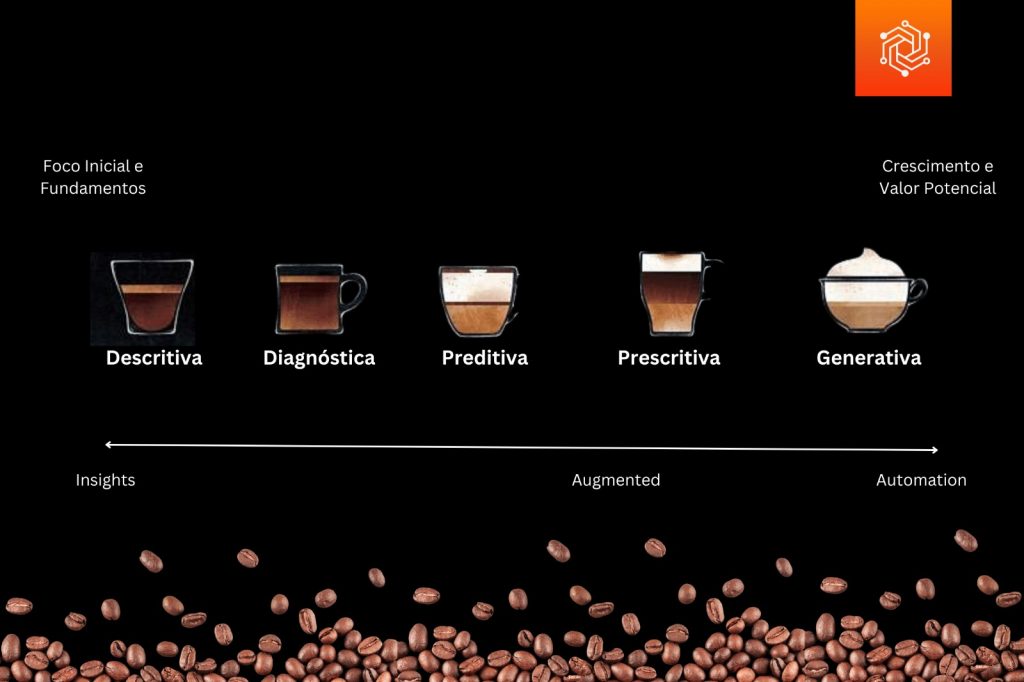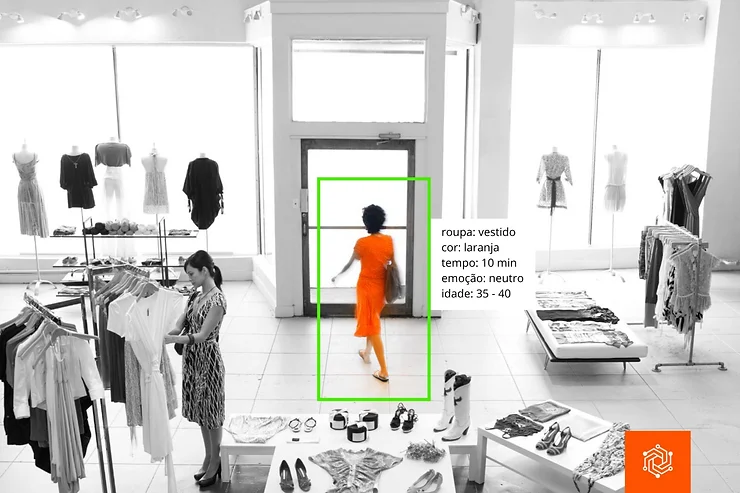News

Where to apply Analytics, Machine Learning, and the latest evolution Generative AI.
2023 is the year of artificial intelligence; never before has there been so much talk about this technology as there is today. It’s a daily topic that continues to evolve and transform rapidly, and we, as technologists, need to stay updated if we want to contribute in any way to society. A common confusion we hear is: how does Generative AI differ from other AIs? How can it be positioned in a way that is easily understood by the companies using it? Let’s explore this below.
First of all, how does a common AI work?
A traditional AI technology has some key characteristics. It is “task-specific” and designed with explicit rules and algorithms to solve predefined problems. Additionally, it is “data-driven,” relying on structured and labeled data for training and decision-making. Machine learning algorithms like decision trees, support vector machines, and logistic regressions are commonly used in this scenario.
Based on this, you can use this technology for rule-based chatbots, speech systems like Siri and Alexa, visual computing for tasks like facial recognition or X-ray analysis, document understanding where AI can read for you and transform it into another data format or provide a summary, and anomaly detection through the analysis of financial transactions, etc. Two main factors to mention here: there is no “creativity function” in any of the examples above, meaning these systems don’t possess any technology that allows them to generate new content; they simply make decisions based on patterns and rules from historical data.
How Generative AI Works:
While the above two main factors of traditional AI don’t apply, this is exactly where Generative AI comes in as a key differentiator. As the name suggests, Generative AI is capable of generating new content, such as images, text, music, and even entire datasets, without the need for programming skills. It is more focused on generating than on solving tasks. It leverages deep learning models from massive sources of public or even private data. There are many ways to use it; you can create an account with a Generative AI provider, like OpenAI’s ChatGPT. Additionally, you can download an entire large language model from the open-source community, import it into your data center or cloud environment, and customize it with your confidential data. Then you can harness the power of Gen AI in a much more personalized and assertive use case that will help create new possibilities for you and your company.
Does this mean Traditional AI is now “Very Traditional” and outdated?
Of course not, traditional AI is still very relevant and will continue to be in the future. You can also combine the power of traditional AI with Generative AI to create a much more powerful solution for your scenario. Some examples could be:
Using traditional AI for content filtering and moderation on social media and using Generative AI to help you generate clean, relevant, and engaging content.
Using traditional AI for object detection or obstacle avoidance and integrating it with Generative AI to enhance decision-making, simulating various scenarios to help you make the best decision.
Using traditional AI for rule-based fraud detection and enhancing prevention with Generative AI using synthetic data to simulate more scenarios.
Using traditional AI for chatbots and combining it with Gen AI to generate content (text, images, video) based on the chatbot conversation. The future is shining bright, and the possibilities are endless. Get in touch with me, and I’d be happy to chat with you about this topic.
Contributor: Leandro Vieira – AI Practice Head
See the latest news here
Artycs – Knowledge 2024
Excited for Knowledge 2024? We’re counting down to this major… Continuar lendo Artycs – Knowledge 2024
How to Apply Computer Vision in Retail.
Computer vision is a field of study responsible for interpreting… Continuar lendo How to Apply Computer Vision in Retail.
The Future of Payments with Open Banking
Increasingly, we are moving towards a cashless world, meaning without… Continuar lendo The Future of Payments with Open Banking
System-to-System AI, Multi-Agentes, AI Enabled Workflow and Digital Teamwork: The Future of Artificial Intelligence
In today’s rapidly evolving technological landscape, artificial intelligence (AI) has… Continuar lendo System-to-System AI, Multi-Agentes, AI Enabled Workflow and Digital Teamwork: The Future of Artificial Intelligence
Where to apply Analytics, Machine Learning, and the latest evolution Generative AI.
2023 is the year of artificial intelligence; never before has… Continuar lendo Where to apply Analytics, Machine Learning, and the latest evolution Generative AI.
Data and Oil: Understanding Their Significance for Business!
With the exponential increase in digital transformation, data analysis has… Continuar lendo Data and Oil: Understanding Their Significance for Business!
How to Increase Your Sales with Recommendation Systems and AI
Have you ever been unsure about what to watch on… Continuar lendo How to Increase Your Sales with Recommendation Systems and AI
ServiceNow Summit São Paulo: Transforming the World in Times of Change
On the upcoming August 30th, São Paulo will host an… Continuar lendo ServiceNow Summit São Paulo: Transforming the World in Times of Change












